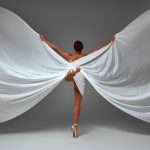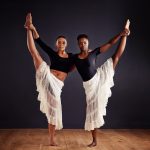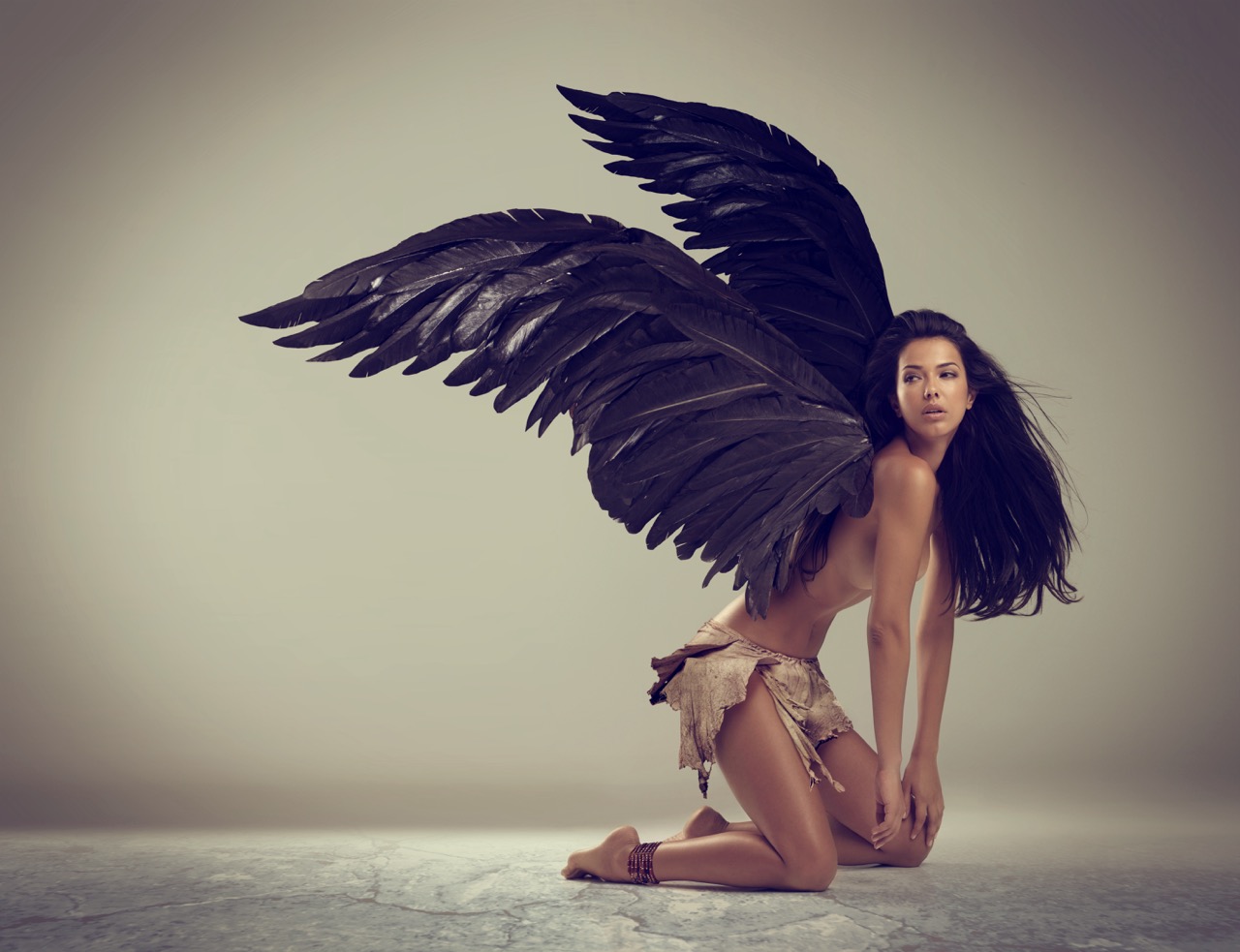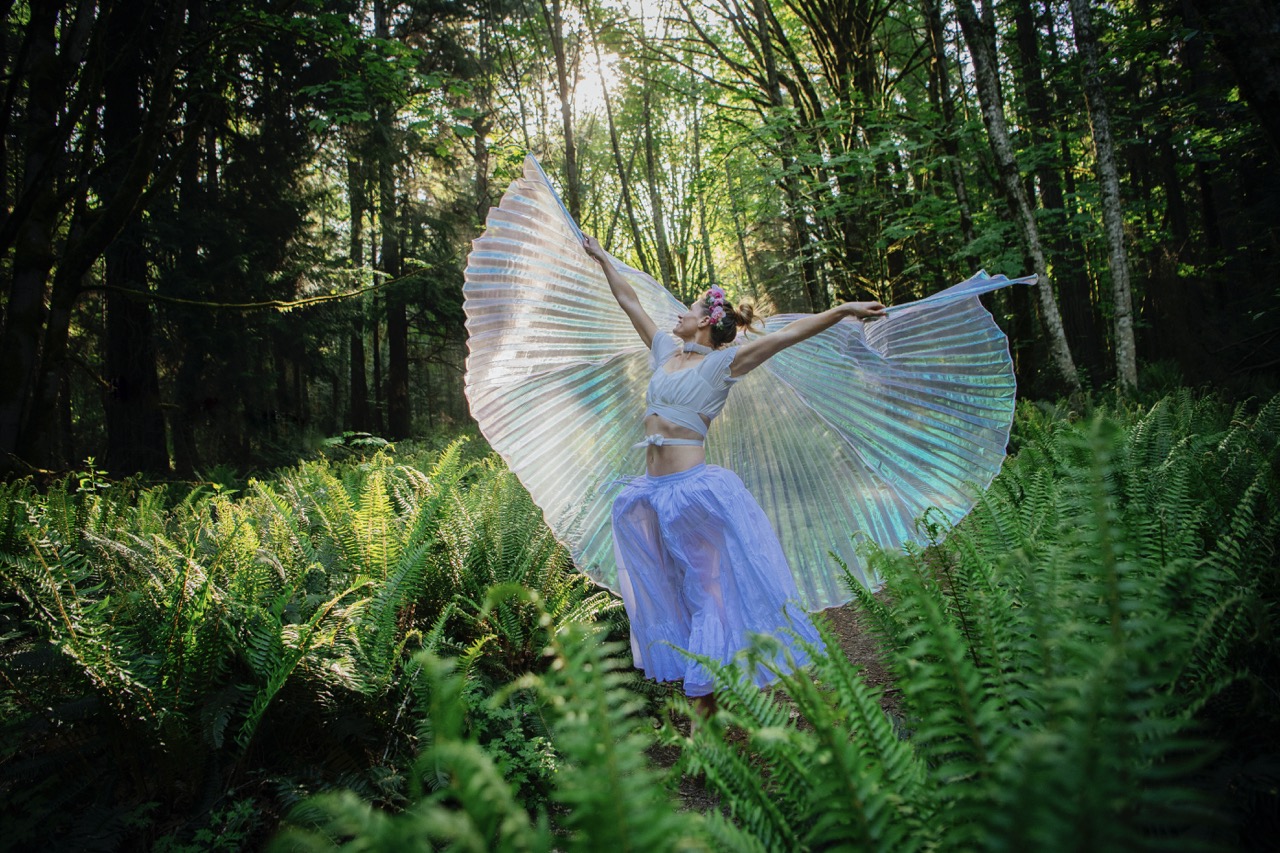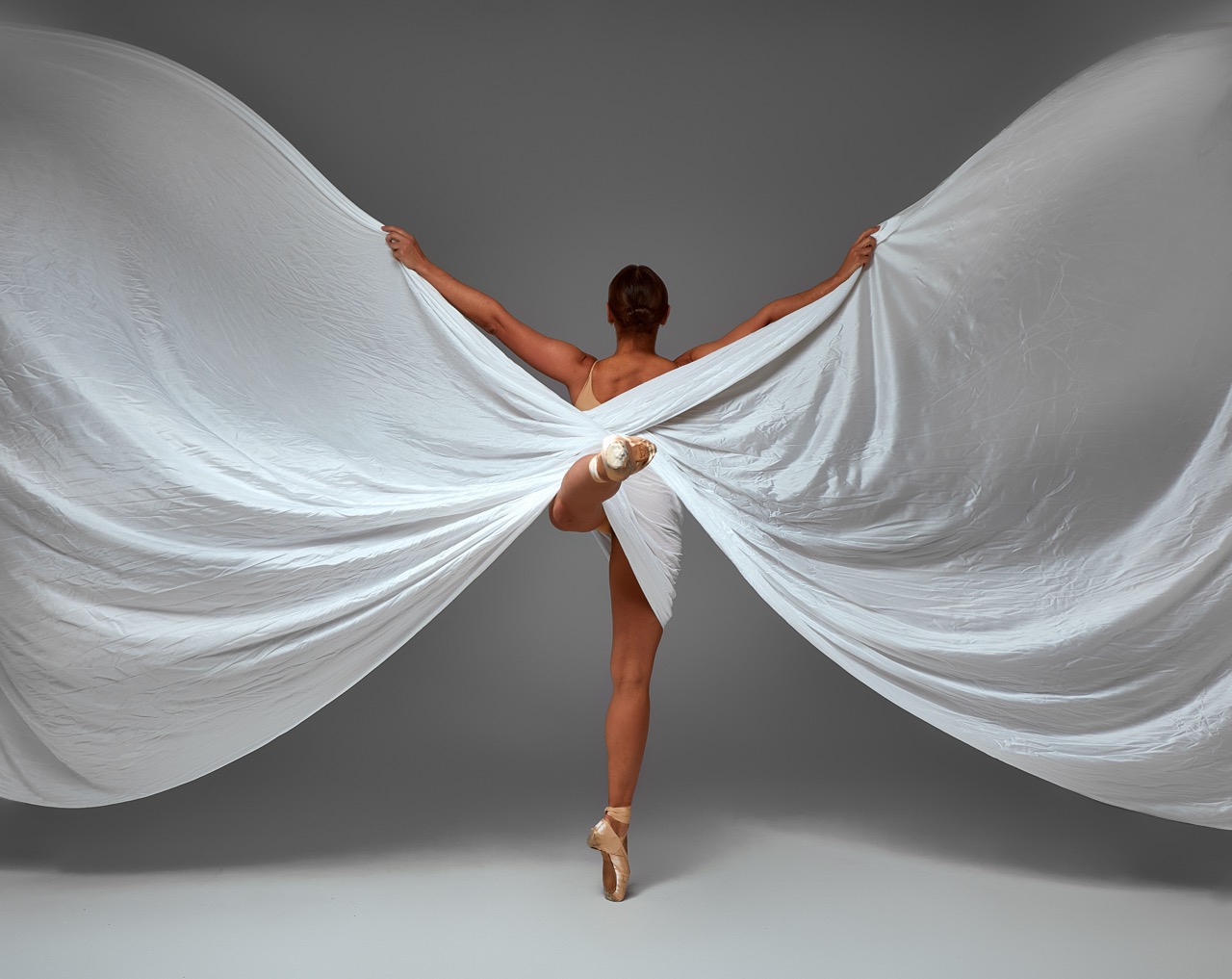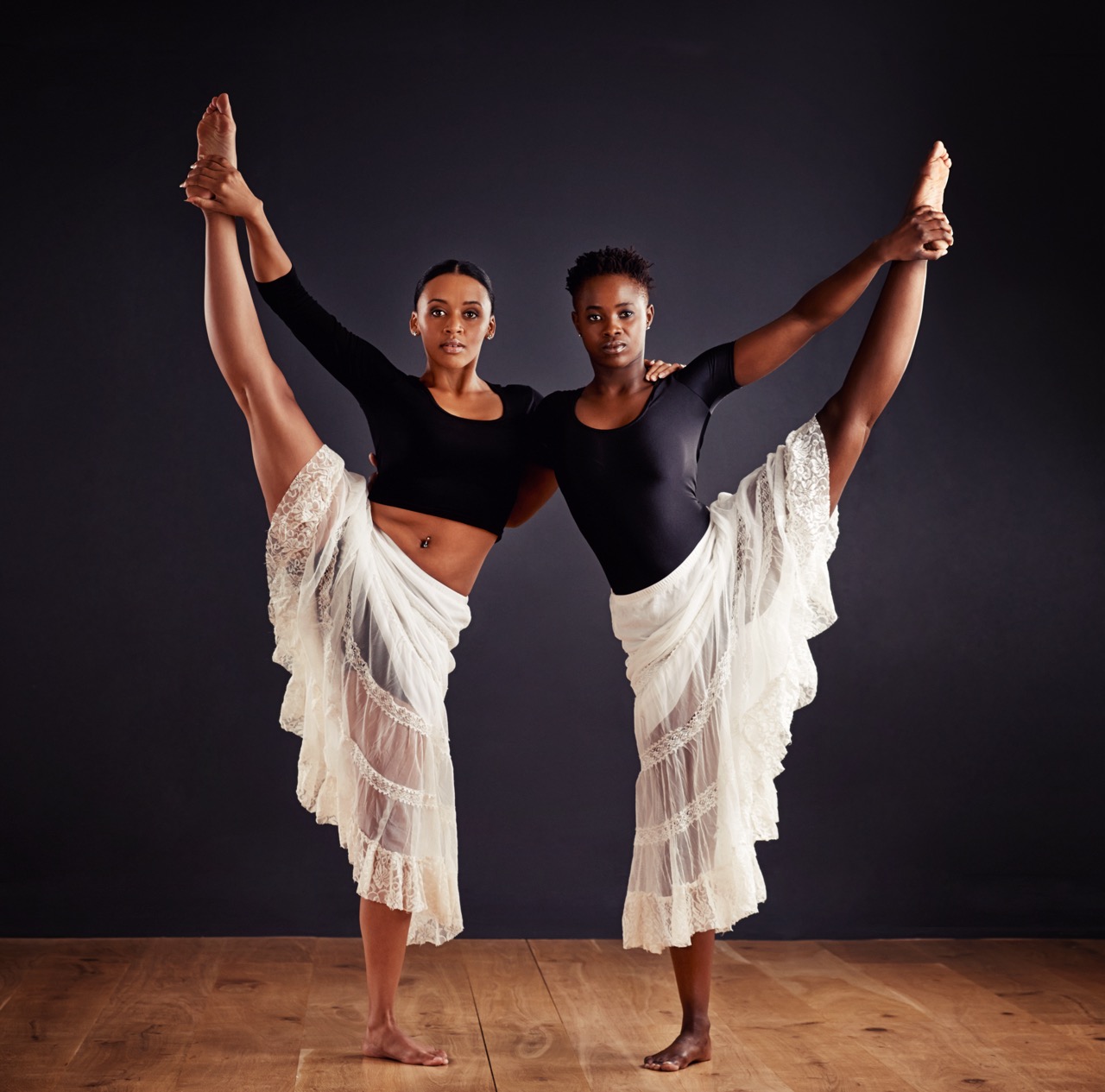In the mesmerizing world of aerial and acrobatic dance, the elegance of movement is often complemented by the ethereal beauty of wings. This captivating combination not only enhances the visual appeal of performances but also adds layers of symbolism and storytelling. Choosing the right wing style is paramount for dancers looking to elevate their aerial artistry, ensuring that their movements resonate with both elegance and power. In this article, we will delve into the best wing styles for aerial and acrobatic dances, exploring their fabrics, techniques, and the art of choreography synchronization.
Elevate Your Performance: Choosing the Right Wing Style
Selecting the perfect wing style is a crucial step for any aerial dancer. From feathered embellishments to fabric wings, the choice often boils down to the dancer’s personal aesthetics and the narrative they wish to convey. Feathered wings, for instance, evoke a sense of freedom and whimsy, ideal for performances that require an ethereal touch. In contrast, more structured wings made of materials like PVC or metal frames can portray strength and resilience, enhancing dramatic interpretations.
The size and shape of wings also play a significant role in a dancer’s performance. Large, sweeping wings can create breathtaking visuals, allowing for grand gestures and dynamic movements that captivate audiences from afar. Alternatively, smaller, more intimate wings can provide a delicate contrast, emphasizing subtlety and nuanced performance. Ultimately, the key is to choose a wing style that complements your unique dance style and enhances the overall impact of your routine.
A dancer’s choice of wing style can also influence their movement capabilities. While larger wings offer dramatic flair, they may require a higher level of control and strength to navigate during performances. By experimenting with different styles, dancers can find their ideal balance between aesthetics and functionality, ensuring they not only look stunning but also perform with confidence and ease.
From Grace to Grit: Exploring Wing Fabrics and Designs
The fabric and design of dance wings significantly affect both the visual and physical experience of aerial performances. Silks, for example, are a popular choice for their flowing appearance and lightweight qualities. They allow dancers to move gracefully through the air, mimicking the soft flutter of a bird’s wings. Additionally, silk wings can be dyed in vibrant colors and patterns, providing a canvas for artistic expression that enhances the emotional impact of the performance.
Contrastingly, synthetic fabrics like nylon and polyester lend themselves to more structured designs. These materials can be crafted into geometric shapes or angular patterns that convey strength and precision. Dancers who opt for these types of wings can achieve bold movements and dramatic poses, making them particularly suited for high-energy performances that require powerful execution. The choice of fabric, therefore, should align with the intended expression of the dance, whether it be fluid and gentle or sharp and dynamic.
Moreover, the design of the wings can incorporate elements such as glitter, beads, or LED lights, adding an extra dimension to performances. These intricate details not only enhance the visual allure but can also transform a dance into a multi-sensory experience. When selecting wings, dancers should consider how these embellishments can complement their choreography and overall theme, allowing them to craft an unforgettable performance.
Techniques for Mastering Aerial Movement with Wings
Aerial movement with wings requires a unique set of skills and techniques. Proper body alignment and core strength are essential for executing lifts and transitions while managing the added weight and bulk of the wings. Dancers must practice maintaining balance and control to ensure that their movements remain fluid and intentional. This often involves rigorous training focused on conditioning, flexibility, and aerial acrobatics, allowing dancers to safely and effectively navigate their performances.
Additionally, understanding the dynamics of wing movement is key to mastering aerial choreography. Dancers should experiment with different types of movements and techniques that emphasize the wings, such as sweeping arcs or dynamic flares. Practicing these maneuvers not only helps in developing a unique style but also allows dancers to explore the full potential of their wings, integrating them seamlessly into their routines.
Finally, rehearsing with wings in various settings is crucial for building confidence. Whether practicing in studios or during performances, dancers should familiarize themselves with the weight, constraints, and possibilities of their chosen wings. This immersion helps to mitigate any surprises during live shows, ensuring that dancers can focus on delivering an awe-inspiring performance without being hindered by their props.
The Art of Flow: Synchronizing Wings with Dance Choreography
The choreography of aerial and acrobatic dances must be intricately designed to synchronize with the movements of the wings. This art of flow requires a deep understanding of both the dance and the wing style. Choreographers often integrate wing movements into rhythmic patterns and beats, allowing for a seamless interaction between the dancer and their props. By considering the natural flutter and sways of the wings, they can create a visual narrative that enhances the overall impact of the performance.
Moreover, transitions within choreography should be designed to highlight the wings at their fullest potential. For instance, a slow ascent paired with an expansive wing spread can create a moment of breathtaking beauty, while rapid spins or jumps can showcase the wings’ dynamic capabilities. By carefully crafting these moments, dancers can evoke emotions and tell stories through their movements, deepening the audience’s engagement with the performance.
Collaboration is also vital in achieving harmony between wings and choreography. Dancers and choreographers should communicate openly regarding their vision and style, allowing for experimentation and adjustments that refine the overall performance. By working together, they can ensure that the wings enhance rather than overshadow the dance, creating a balanced and captivating experience for their audience.
Choosing the right wing style, exploring diverse fabrics, mastering aerial techniques, and synchronizing movements with choreography are essential elements for any dancer aiming to elevate their aerial and acrobatic performances. Wings not only transform the aesthetic quality of a dance but also serve as a powerful storytelling tool. As dancers continue to innovate and experiment with wing styles and choreography, they push the boundaries of aerial performance, allowing their artistry to soar to new heights. In this enchanting blend of movement and design, the world of aerial dance remains a breathtaking spectacle of creativity and expression.


